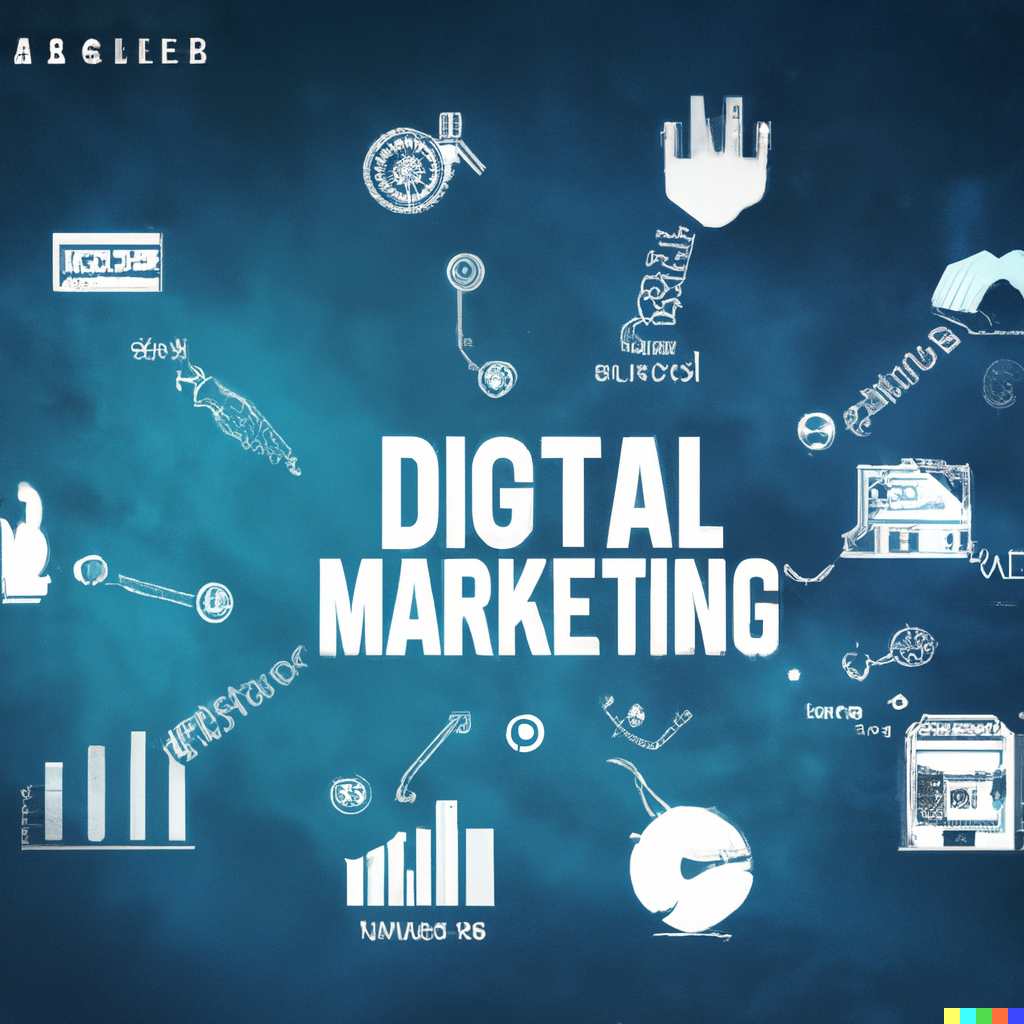Discover how Marketing Technology (MarTech) is revolutionizing modern marketing. Learn what makes up a MarTech stack, why it’s essential for data-driven growth, and how AI, automation, and personalization are shaping the future of customer engagement in 2025 and beyond.
In today’s fast-paced digital landscape, marketing isn’t just about creativity — it’s about technology. Marketing Technology, or MarTech, has become the backbone of modern marketing strategies, empowering businesses to connect with customers in smarter, faster, and more personalized ways.
Whether you’re a small business owner, a digital marketer, or an enterprise CMO, understanding how MarTech works (and how to leverage it effectively) is essential for success in 2025 and beyond.
What is MarTech?
Marketing Technology (MarTech) refers to the tools, software, and platforms marketers use to plan, execute, and measure marketing campaigns. From email automation and customer data platforms to AI-driven analytics and social media management tools, MarTech helps businesses streamline operations, gain insights, and enhance customer experiences.
Think of MarTech as the engine that powers digital marketing — enabling brands to reach the right audience, with the right message, at the right time.
The Core Components of a MarTech Stack
A MarTech stack is a collection of technologies marketers use to manage the entire customer journey. While every company’s stack looks different, here are the most common components:
- Customer Relationship Management (CRM)
- Tools like Salesforce, HubSpot, and Zoho CRM centralize customer data, making it easier to track interactions and nurture leads.
- Marketing Automation Platforms
- Platforms like Marketo, ActiveCampaign, and Mailchimp help automate repetitive tasks such as email marketing, lead scoring, and campaign management.
- Content Management Systems (CMS)
- WordPress, Webflow, and Sitecore make it easier to create, manage, and optimize website content without heavy coding.
- Analytics and Data Visualization Tools
- Google Analytics, Tableau, and Looker provide real-time insights into user behavior, ROI, and performance metrics.
- Social Media Management Tools
- Hootsuite, Buffer, and Sprout Social help marketers schedule posts, engage with audiences, and monitor brand sentiment.
- Customer Data Platforms (CDPs)
- CDPs like Segment or Tealium unify customer data from multiple sources for deeper personalization and targeting.
- AI & Predictive Analytics Tools
- AI-driven MarTech tools such as Jasper, ChatGPT, and Adobe Sensei are transforming marketing with content generation, predictive insights, and automated optimization.
Why MarTech Matters More Than Ever
The modern consumer journey spans dozens of touchpoints — from social media and email to search engines and chatbots. Without MarTech, keeping track of these interactions (and making sense of the data they produce) is nearly impossible.
Here’s why MarTech is indispensable in 2025:
- Data-Driven Decisions: MarTech enables marketers to base decisions on analytics, not assumptions.
- Personalization at Scale: Automated tools make it possible to deliver tailored content to thousands of users at once.
- Efficiency & Cost Savings: Automation reduces manual work, freeing up time for strategic planning.
- Better ROI Tracking: Advanced analytics tools measure performance with precision, helping marketers prove the value of every dollar spent.
- Customer Experience: Integrated MarTech stacks ensure consistent and personalized experiences across all touchpoints.
Trends Shaping the Future of MarTech
The MarTech industry is evolving rapidly. Here are a few key trends shaping its future:
- AI and Machine Learning Integration
- From predictive lead scoring to content automation, AI is making marketing smarter and more efficient.
- Privacy-First Marketing
- With increasing regulations (like GDPR and CCPA), marketers are adopting tools that prioritize data security and transparency.
- No-Code and Low-Code Tools
- These platforms empower non-technical marketers to build workflows, dashboards, and integrations without writing a single line of code.
- Omnichannel Marketing Platforms
- Businesses are shifting from channel-specific tools to unified platforms that deliver seamless customer journeys across email, social, web, and mobile.
- Voice and Conversational Marketing
- Chatbots and voice assistants are creating new opportunities for real-time engagement.
Building a Winning MarTech Strategy
Here are five steps to create a MarTech strategy that delivers measurable results:
- Define Your Marketing Goals
- Align your technology investments with specific business objectives — whether that’s lead generation, retention, or customer experience.
- Audit Your Current Stack
- Identify overlaps, gaps, and inefficiencies in your existing tools.
- Prioritize Integration
- Ensure your systems communicate seamlessly — data silos can undermine even the best strategies.
- Train Your Team
- A tool is only as powerful as the people using it. Invest in training to maximize ROI.
- Measure, Optimize, Repeat
- Continuously analyze performance data and refine your strategy based on what works.
Final Thoughts
Marketing Technology isn’t just a collection of tools — it’s a strategic enabler that allows brands to create meaningful, measurable, and memorable customer experiences. As technology continues to evolve, the line between marketing and tech will blur even further.
In 2025 and beyond, the most successful marketers will be those who not only embrace MarTech but also understand how to use it intelligently — balancing automation with authenticity, and data with creativity.
